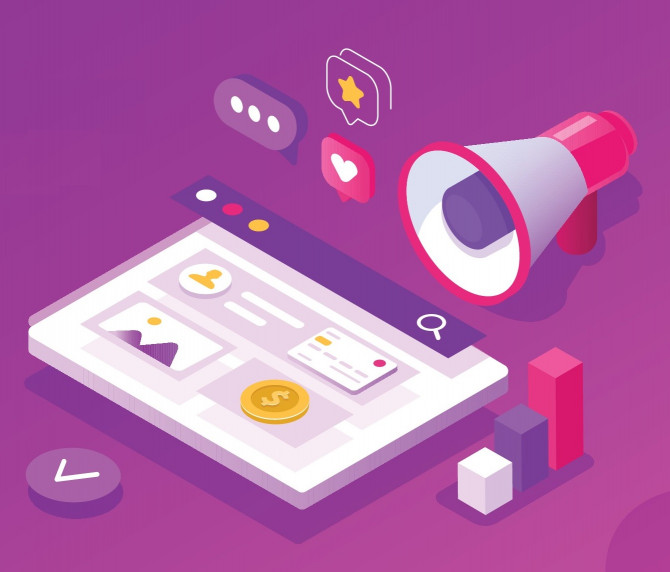What salespeople think about social selling (and why it's not true)
- What are the most common objections to social selling among salespeople?
- Why the sales and marketing departments should join forces at the initial stages of the client’s purchase path?
- How to implement a social selling program at your company?

Can everything be sold on social media? As a marketing tool, social media are used for many purposes: promotion, recruitment, and client acquisition. However, in order for our activities to be productive, they should be part of a well-thought-out strategy. How can we convince salespeople of that? First of all, by initiating them into the whole process.
The first clash between salespeople and social selling during training sessions and individual consultations often turns out to be a ‘hard landing.’ I am often told that it’s all “marketing bullshit” and that salespeople don’t have time for this marketing gibberish. It’s not easy to ignore those opinions. If we want to introduce social selling as a permanent element of our sales strategy, we should start with the most difficult task: making salespeople believe that it makes sense. How do you do that? Let’s start by identifying the problem.
Salespeople’s objections
At my agency, each implementation of a long-term social selling strategy activities starts with training. This is the moment when we have the opportunity to talk to the people who will be promoting the company on social media. We can assess their knowledge, foster their interest in social media (including LinkedIn, which we all use at work), and above all, dispel their doubts.
I hear similar objections at most of my training sessions:
- “How am I supposed to sell a B2B service on the Internet, it’s not e-commerce!”
- “Our clients don’t buy impulsively, it’s a long purchasing process.”
- “The client analyses the technical aspects, they don’t want to read meaningless content.”
- "I don’t have time for marketing.”
These are just a few examples. All these arguments show that many salespeople don’t really know how social selling works. Of course, for the purposes of this article, I am generalising - I also know salespeople who have understood the concept very well from the beginning. However, I want to highlight the importance of all these doubts. It’s worth trying to dispel them from the very beginning - listen patiently, make your point reasonably, and make sure that everyone understands how social selling works and what it’s supposed to do for your company. From my experience, this is the basis of success. It’s also very important that employees feel they have real support from their boss. When morale drops or a something more challenging comes up, the boss’ involvement may be critical to the whole plan.
Purchase path
As I mentioned before, social selling on the B2B market isn’t about selling our products or services on the Internet. For example, if we offer software for $5,000-$7,000, the purchase process will probably be long and require face-to-face meetings. In this case, social media enables us to reach clients directly - both to share educational content that will influence their decisions in the future and to contact decision-makers directly.
We often reject social selling, focusing on relationship-based sales. Our proverbial rolodex, however, is finite. We have to get new clients from somewhere. Social media is an opportunity for salespeople to be helpful by showing up in the right place at the right time. Simply put, it’s a fantastic tool for prospecting and making first contact with a potential client. Many salespeople see the benefits of using social media (especially LinkedIn) in their work. - as much as 70%, according to a LinkedIn study.1
Therefore, we can conclude that social media is useful in the first two stages of the purchase path: building awareness and interest. Salespeople who use LinkedIn in their work generate 45% more sales opportunities than those who don’t2. The job of a sales representative is to be active, easily available, and attract the right audience, and then to build relationships that turn into sales opportunities. It sounds more useful and meaningful now, right?
Wykorzystałeś swój limit bezpłatnych treści
Pozostałe 62% artykułu dostępne jest dla zalogowanych użytkowników portalu. Zaloguj się, wybierz plan abonamentowy albo kup dostęp do artykułu/dokumentu.






 Zaloguj się
Zaloguj się








